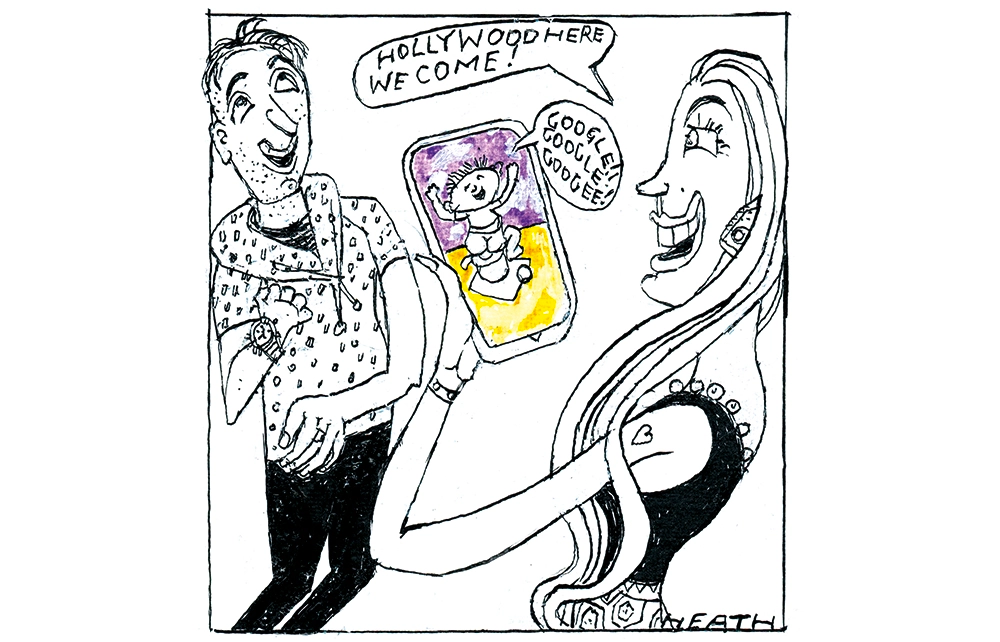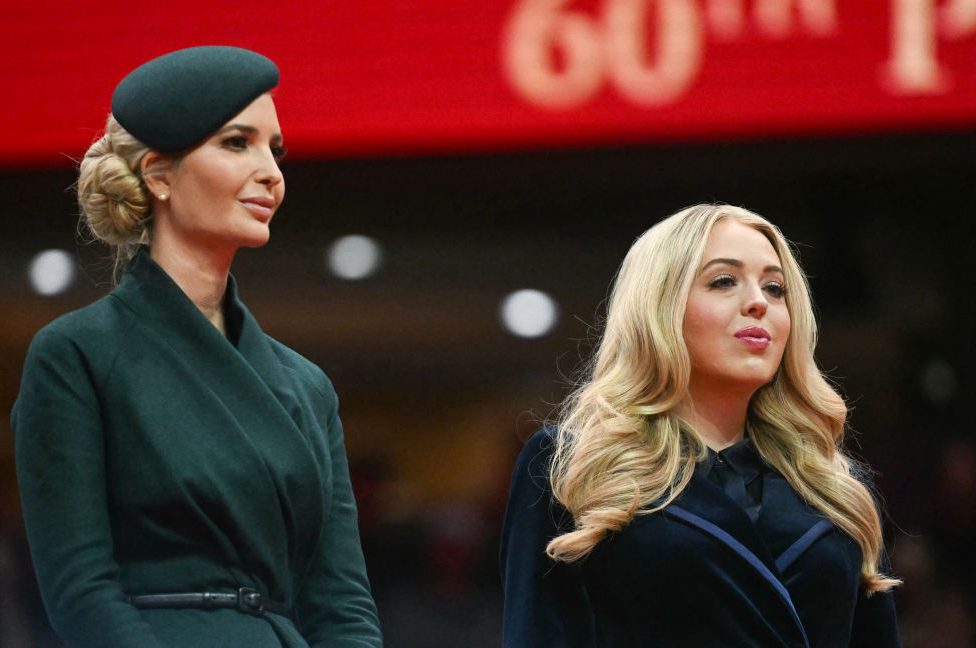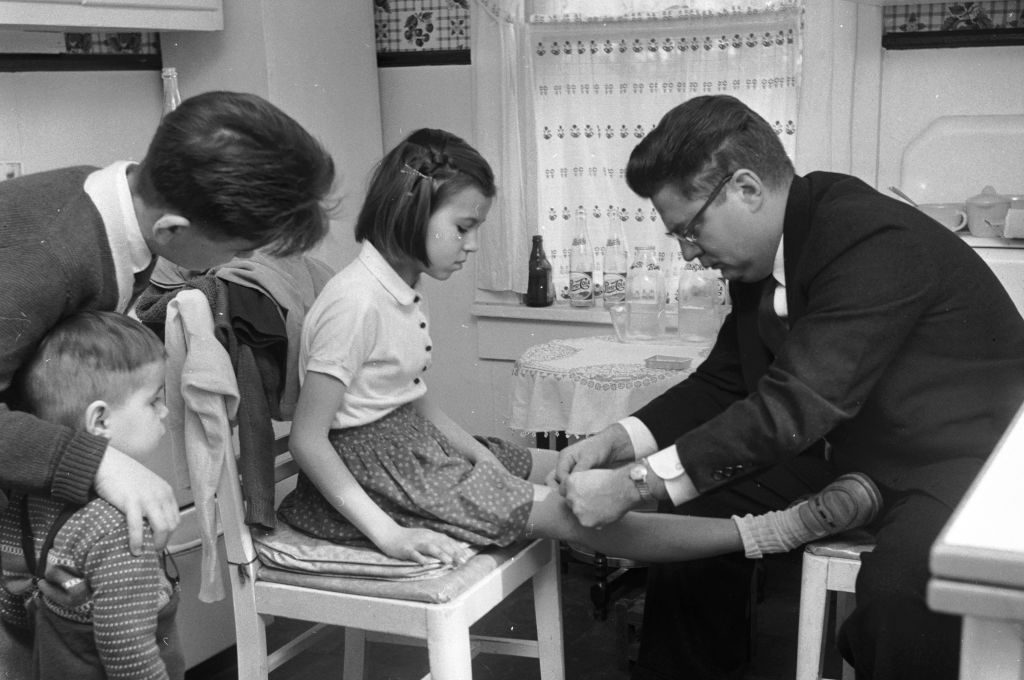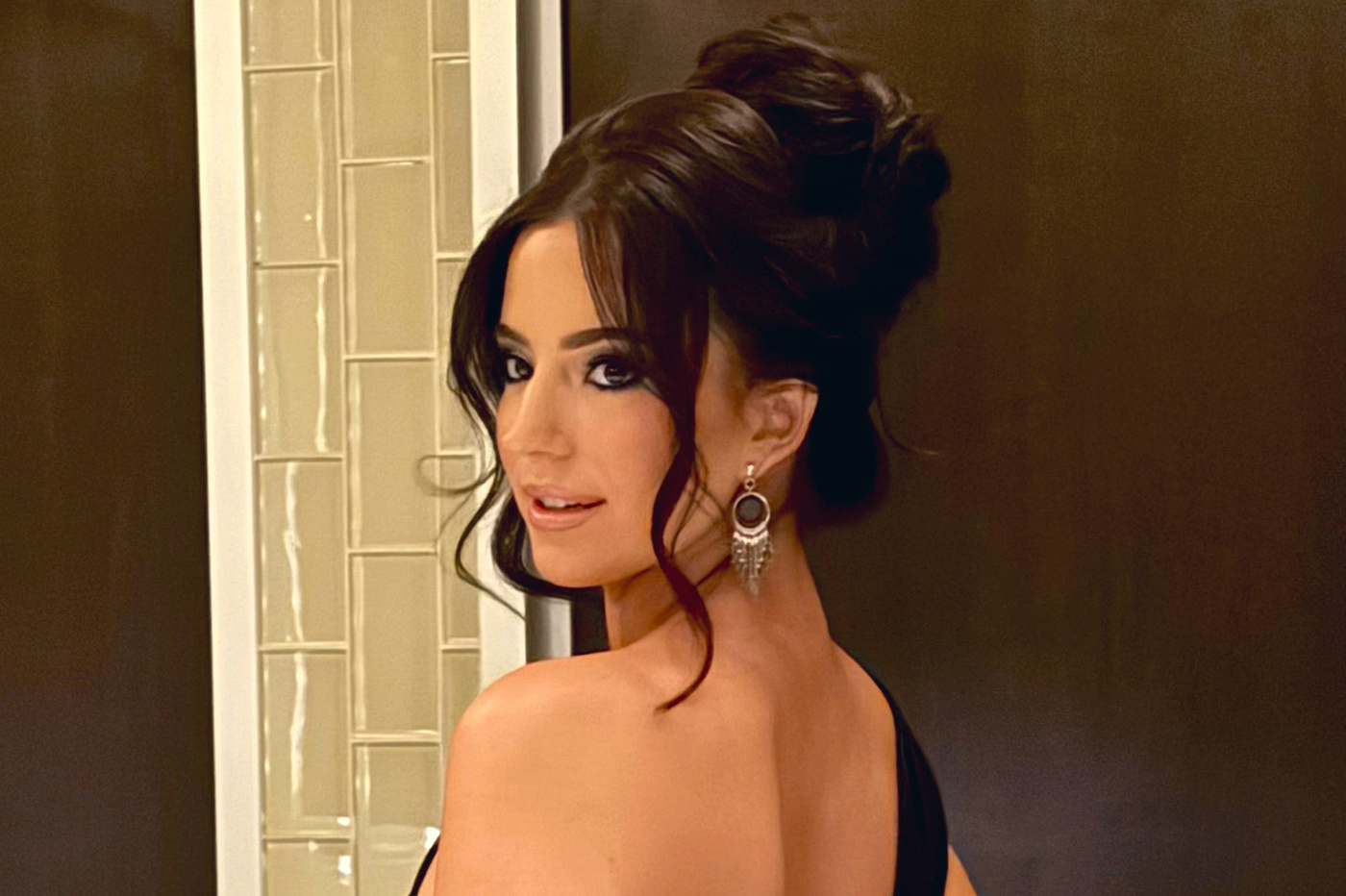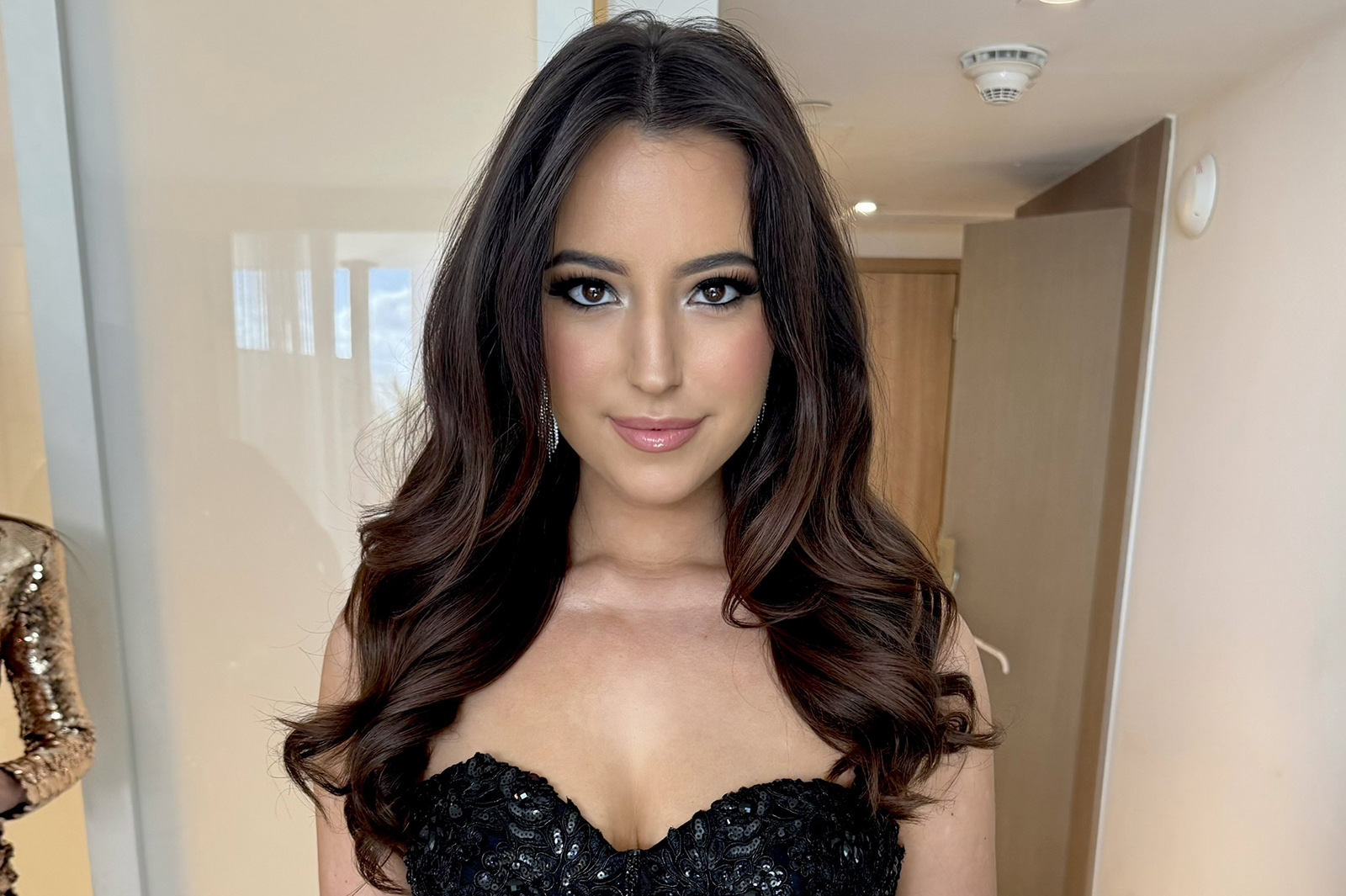Do you know what you were doing at 10:03 a.m. last Tuesday? Or what you had for breakfast three weeks ago? I don’t. You probably don’t either — unless you’re a spy, or you’re putting together an alibi for a murder. But like millions of parents, I know these things about my son. Not because I was there, but because I wasn’t.
My one-year-old goes to a local nursery three days a week. On those days, I know his every movement, bowel or otherwise. This is thanks to an app that parents are asked to download when their child enrolls. The app acts as a journal, a record of all the things he’s done and learned, as well as a communication system between parent and carer (“We need more wipes”; “Fancy dress tomorrow” — that sort of thing). I receive photographs, videos, notes and questions. And I receive them instantly — ding ding ding! — as persistent notifications on my phone.
I’m hooked. It is the app I check most (and that’s saying something) and the one I’m constantly refreshing in the hope of a little dopamine hit of my son’s dopey face. It’s not his screen time I worry about — it’s mine.
My nursery isn’t unusual. Actually, as I discovered when talking to other parents, it’s comparatively restrained. At many nurseries, the software goes well beyond a photo and text journal. The level of detail can be astonishing. Not just naps and meals, but every drink, every hand wash, every single potty attempt, all accompanied by a cute little icon or emoji.
“Daisy-Rose had a nappy change at 3 p.m. and it was dirty.”
“Daisy-Rose had an apple at 3:10 p.m.”
“Daisy-Rose ate all of her snack.”
“Daisy-Rose slept for thirty-five minutes from 3:15 to 3:50 p.m.”
What an hour Daisy-Rose had!
The popularity of these apps bloomed during Covid. When nurseries initially re-opened after the lockdowns, most required no-contact drop-offs and pick-ups. Staff were banned from coming out to the gates to recount your little one’s day. Enter the app. Instead, parents found out about the minutiae in real time. The thing with that level of knowledge is, once you have it, you never go back. The apps are here to stay.
In fact, as I discovered when scouting nurseries for my son, the apps are now a big selling point. The staff explain how the app will help them “keep you informed,” how it “frees up their time to focus on care” and so on. They describe specific features in detail to prospective parents. The nursery carers I spoke to tell me that, far from being a sop, these apps really do speed up their working day and free them up to be with the children.
A lot of parents love their apps. Almost everyone says they find them helpful and reassuring. Many plan their child’s home routine in light of these updates. One mother explains how she uses old updates from Son One to remind her of developmental changes and figure out what she should be doing with Son Two, who is two years younger.
It’s tempting to say parents should have as much info as they want. They’re certainly paying enough; nursery fees are higher than monthly rent or mortgage payments for some. If this is a feature the market is asking for, where’s the harm?
The big change, of course, is the instantaneous nature of all of this. This isn’t a round-up of one or two notable moments: it’s a live stream. Naturally, the literal live stream is also an option. Many nurseries, including mine, operate a CCTV feed which parents can log in to. In our case, they set a cap of fifteen minutes per day — but it can be any fifteen minutes we choose, outside of designated “quiet” times for naps and pick-ups.
I haven’t allowed myself to look at CCTV. I am convinced that the fifteen minutes I log on will show my happy, content boy wailing or (worse?) being a pain in the ass. And then what? I can’t do anything about it, nor can I confirm it’s just a toddler tantrum.
I’m not sure I feel comfortable watching the wonderful women who look after my son. NurseryCam is supposed to be about peace of mind for the parent, but it’s inherently based on the premise that observation is required to give that peace of mind. It feels like a slippery slope.
What does it say about parenting in the twenty-first century that we embrace these sorts of technologies? There’s an ungenerous interpretation: the helicopter parenting of a previous generation has been upgraded to match our surveillance capabilities. We need to be there, even when we can’t physically be there, looming over our children and constantly checking in on them. There’s plenty of research suggesting that this helicopter style can lead to negative outcomes for children — increased anxiety, even depression. Constant observation isn’t good for the watched — or, I would argue, for the watcher.
But it could also say something kinder: twenty-first-century parenting is fundamentally different from that of other eras. Two parents at work is a necessity for most families, which means parents spend less time with their children. This isn’t a choice, and it doesn’t mean they want to disengage. If this constant stream of information enables parents to be more involved in their children’s days, then it is, at the very least, understandable. Judge not lest ye be judged. It’s 11:45 a.m., and I want to know what my son’s having for lunch.
This article was originally published in The Spectator’s UK magazine. Subscribe to the World edition here.



